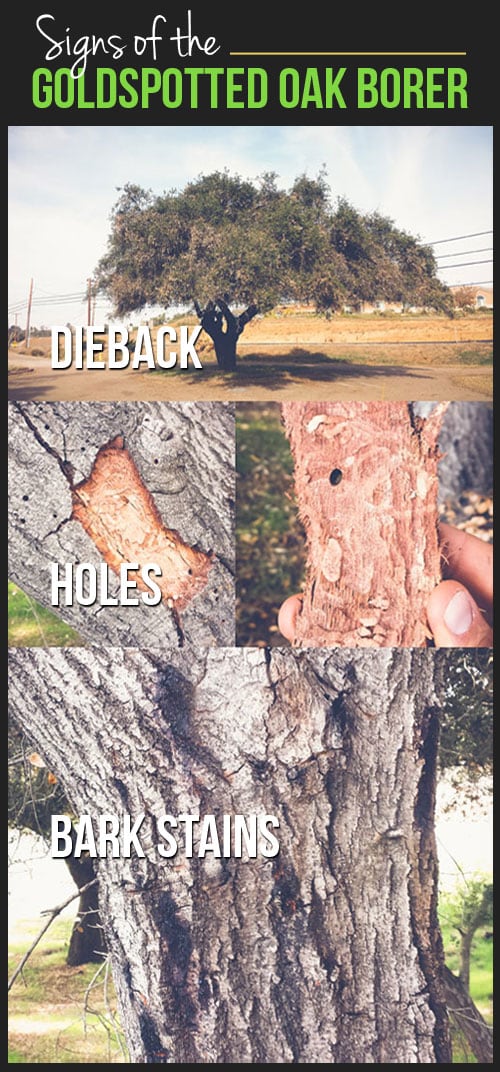Identifying The Demand For Tree Removal: A Guide For Homeowners
Identifying The Demand For Tree Removal: A Guide For Homeowners
Blog Article
Material Writer-Jacobsen Long
Trees include beauty and worth to residential or commercial property, but they can additionally posture a risk during extreme weather condition occasions. If a tree has quit expanding, is showing noticeable fungal development, or has a leaning trunk, it must be gotten rid of by an expert to prevent residential property damages and injury.
For more information, attend a house owner resource fair co-hosted by HPD, the Facility for NYC Neighborhoods, and Brooklyn-based real estate partners this night in Bedford-Stuyvesant. The occasion will include the Property owner Handbook, a brand-new overview to assist house owners navigate the responsibilities of owning a home.
1. Dead or Dying Branches
Trees are an integral part of your home's landscape, supplying shade and appeal. They additionally supply sanctuary for wild animals and create oxygen, but even healthy and balanced trees can experience illness that may demand their elimination. Dead or dying trees aren't just unpleasant, they can be hazardous. Their branches could fall during a tornado, causing pricey property damage and injuries.
When a tree's branches begin to pass away, it implies that its structure is beginning to break down. If the majority of its branches are dead, it is most likely time to remove it.
Try to find an absence of brand-new development, bark peeling, open wounds or cavities, fungis expanding on the trunk or roots and a basic look of degeneration in the whole cover. These signs of infection can show a significant trouble that will certainly require expert tree services to deal with.
2. Leaning Trunk
While it's normal for trees to lean from time to time because of phototropism, if a tree has a harmful or extreme lean that's not due to natural processes - it could be an indicator that the tree needs to be eliminated. If the tree is favoring a power line, home, lorry, play framework or any other area that could be dangerous to individuals if it drops, then speaking to a professional tree solution for removal should be a top concern.
It's also crucial to look for any kind of sudden changes in a tree's leaning as it can indicate damage to the roots or trunk that might cause dropping. This is especially true throughout thundercloud, given that high winds and rain-soaked soil can create a lean to alter quickly. Routine monitoring, especially during and after storms can aid home owners recognize possible issues with their trees so they can call an arborist for an extensive examination.
3. Insect Invasion
Some pest invasions, such as wood-boring bugs like emerald ash borer or sap-suckers like range pests, are so serious that they can cause a tree to pass away. The best way to prevent pest invasion is to monitor your trees regularly. Seek spots, holes, or discolorations in the fallen leaves and bark. Check out the trunk for fractures and indicators of insect damages, such as tunnels or tracks.
If a tree comes to be also plagued with insects, or is close to a home or high-voltage line, an arborist might suggest removal. If a leaning tree creates a brand-new, unstable lean, an arborist will likely recommend removal also to ensure the security of people and home. If a weakened or dead tree continuously loses extreme branches, it is an indication that it is time to eliminate the tree. If a tree continues to lose branches for an extensive period of time, it might bring about architectural problems and possible property damages.
4. Damaged Trunk
Trees are a beautiful and important part of our landscape, yet they do need normal like keep them healthy and balanced and secure. If maintaance is harmed irreparable it is most likely time for it to come down.
Look for indicators of damage to the trunk, including vertical splits, seams, dead branch stubs, visible injuries or open tooth cavities and severe tree-rot. The presence of fungi at the base of the trunk is another alerting sign. Fungis may suggest that the phloem and xylem (life-support tissues) are endangered, enabling the spread of illness or a future failing.
Also, consider whether the tree has actually stopped expanding. straight from the source will have brand-new growth annually, which might be visible as buds or branches sprouting and expanding. If you don't see any brand-new growth, it's a great idea to have an arborist assess the tree and follow their suggestion for elimination. A dying or damaged tree can drop and cause building damages.